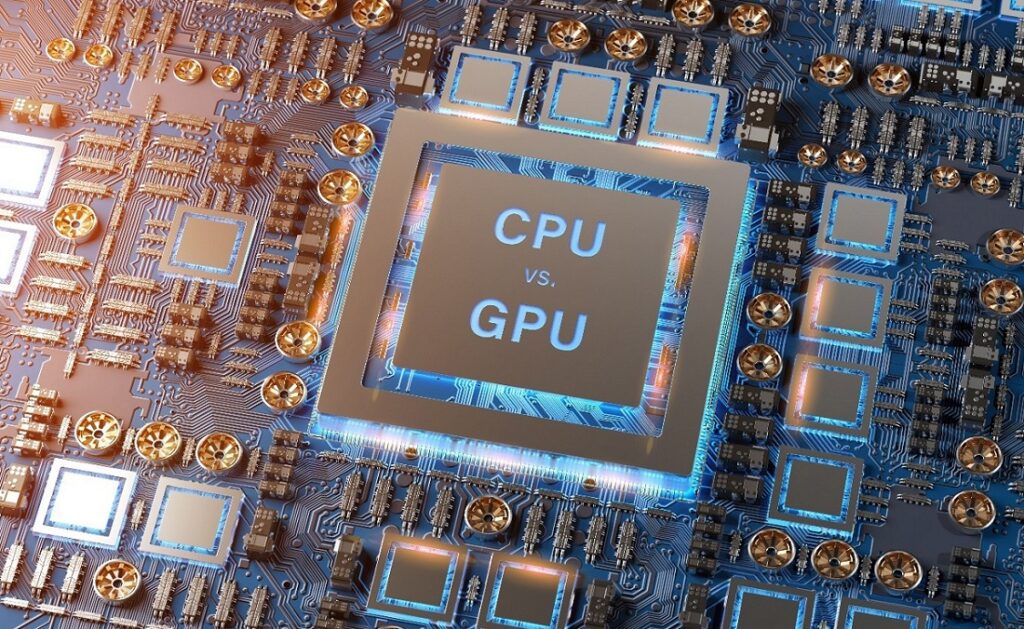Hardware innovations have played a significant role in the evolution of the video game industry. The article discusses the impact of various hardware components on game development, including graphics, processing power, audio, storage, and input devices. Modern video game development demands high-end graphics hardware such as Graphics Processing Units (GPUs) that allow game developers to create realistic environments, landscapes, characters, and objects that make gameplay more immersive and enjoyable. As games become more complex and require more simulations and computations, game developers need more processing power to keep up, which is where Central Processing Units (CPUs) come in. The article concludes that with each new advancement in hardware technology, game developers and hardware manufacturers alike will continue to push the boundaries of what’s possible.
The Impact of Hardware on Game Development: Graphics, Processing Power, and More
Introduction
The video game industry has come a long way since its inception, and hardware innovations have played a significant role in this evolution. As the advancements in technology continue, game developers have an ever-increasing range of options that can affect the look, functionality, and overall quality of the game.
This article will discuss the impact of various hardware components on game development, including graphics, processing power, and more. By understanding these factors, you can better appreciate the art and science of game development and how it has changed over time.
Impact of Graphics on Game Development
Graphics have come a long way since the days of Pong and Space Invaders. Today, games have near-photorealistic visuals, and the hardware technology used to achieve this is nothing short of astonishing.
Modern video game development demands high-end graphics hardware such as Graphics Processing Units (GPUs) that use powerful processors and memory chips to display detailed, visually stunning graphics. This hardware allows game developers to create realistic environments, landscapes, characters, and objects that make gameplay more immersive and enjoyable.
When it comes to graphics, there’s a trade-off between realism and performance. The more realistic you want your game visuals to be, the more hardware power you’ll need. However, the more hardware power you use, the more expensive your game can become.
Most game developers walk a fine line between realism and performance, balancing the visual features they want with the hardware resources they have. This often leads to heavily optimized game engines that can offer stunning visuals while still running smoothly on a range of hardware.
Processing Power and Game Development
Processing power is another key factor that affects game development. As games become more complex and require more simulations and computations (such as physics calculations, enemy AI, etc.), game developers need more processing power to keep up.
This is where Central Processing Units (CPUs) come in. CPUs handle most of the computations in a game, from the physics calculations of objects to the AI of the enemies you fight. This means that as the gaming industry evolves, developers must adapt to new and more complex technologies to create the high-performance games that gamers demand.
In addition to cutting-edge CPUs, game developers also rely on optimized algorithms and software for maximum efficiency. Game engines are designed to handle complex calculations and take advantage of multi-core processing technologies.
Other Hardware Factors
While graphics and processing power are crucial for game development, other hardware factors can also affect the gaming experience. The following hardware technologies have become increasingly important over time:
Audio
Audio is a critical aspect of the gaming experience, and sound hardware has come a long way since the early days of video games. Game developers use digital signal processors (DSPs) and specialized audio hardware to create realistic sound effects, ambient noises, and music.
Storage
As game environments become more expansive and content-rich, storage becomes a critical consideration for game developers. Modern games can require upwards of 100GB of storage space, and developers need to ensure that games load quickly and smoothly without stuttering or lagging.
Input Devices
Input devices such as controllers, mice, and keyboards are also a critical component of game development. Game developers design games with specific input devices in mind, and hardware manufacturers are constantly innovating to create the most responsive and ergonomic input devices possible.
Conclusion
The gaming industry has come a long way since the early days of Pong and Space Invaders. Today’s games are incredibly complex, with stunning graphics, intelligent AI, and seamless gameplay. Hardware innovations have played a significant role in this evolution, allowing game developers to create immersive, rich game environments that captivate and engage players.
With each new advancement in hardware technology, game developers and hardware manufacturers alike will continue to push the boundaries of what’s possible. The future of game development is incredibly exciting, and we can’t wait to see what the future holds.
